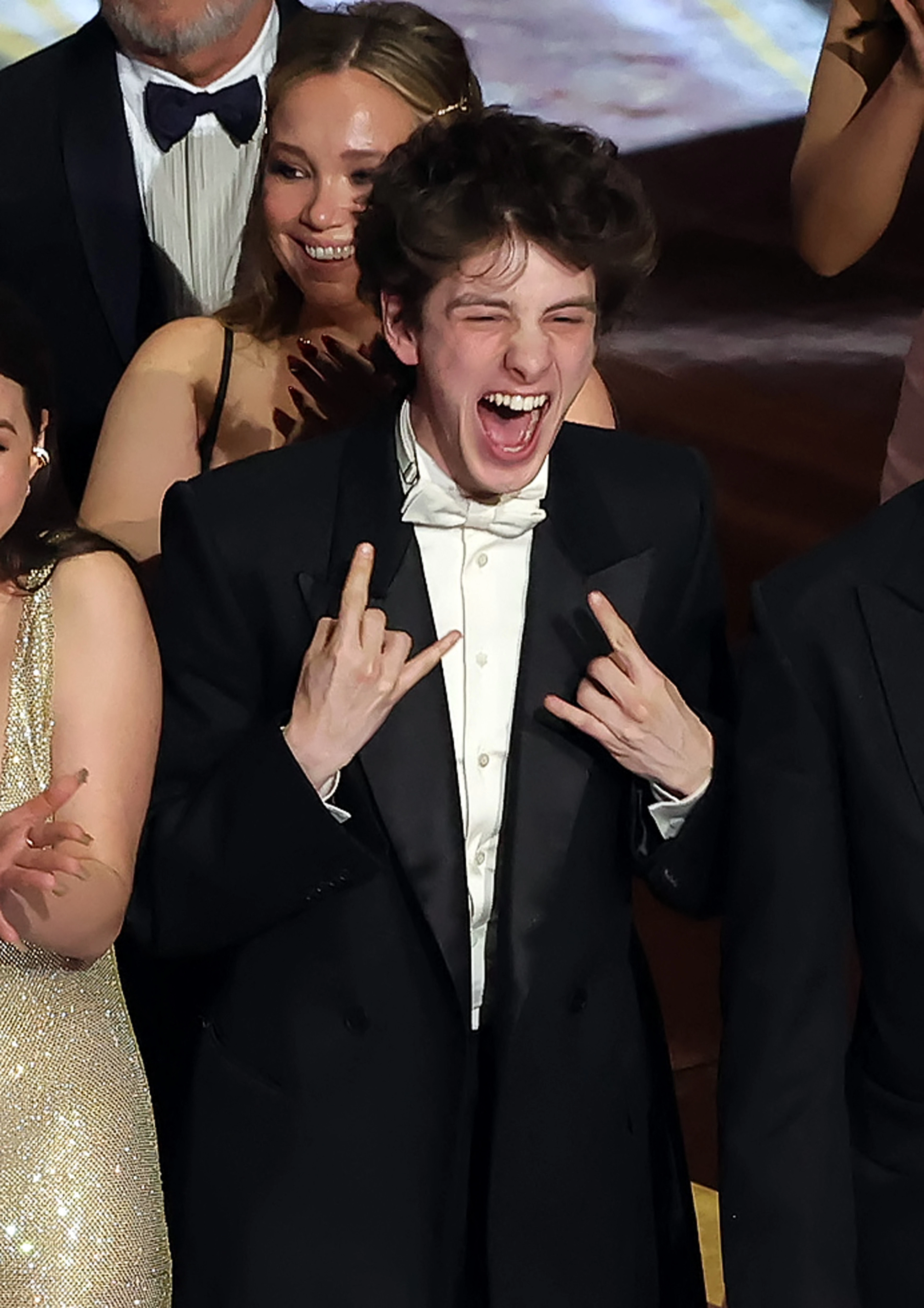In recent developments in Nepal, protests have erupted as the younger generation, particularly Gen Z, has taken a stand against the government’s actions. The focal point of these demonstrations is a call for dialogue with the country’s military leadership. In a surprising turn of events, former Chief Justice, who has earned respect for his judicial integrity, has been chosen by the protesters to lead these discussions. His appointment signifies a shift in how the younger demographic perceives leadership and accountability within Nepal’s political landscape.
The choice of a former Chief Justice underscores the urgency of the situation and reflects a desire for a more just and transparent approach to governance. Many protesters believe that engaging with the military leadership is essential for addressing their grievances and achieving meaningful reform. The former Chief Justice’s legal background may provide a framework for negotiating terms that could benefit both the youth and the broader population. The protests have been characterized by a spirit of activism that resonates with the ideals of democracy and justice, showcasing a new wave of political engagement among Nepal’s youth.
These protests have gained momentum through social media platforms, where young activists are mobilizing support and sharing their demands for change. The atmosphere is charged, as demonstrators call for accountability, transparency, and a greater say in the political process. As the former Chief Justice prepares to take on this pivotal role, both supporters and critics are closely watching how these negotiations unfold. The outcome could have significant implications for Nepal’s future, potentially reshaping the relationship between the government, the military, and the citizens. The involvement of Gen Z in these discussions highlights a generational shift in the country’s political dialogue, where young voices are increasingly seeking to influence the course of their nation.
The situation remains fluid, with various stakeholders expressing differing opinions on the protests and the proposed dialogue. While some view the former Chief Justice as a beacon of hope for the youth, others are skeptical about the potential for real change. Nevertheless, the ongoing protests represent a critical moment in Nepal’s political history, where the energy and aspirations of a new generation are challenging the status quo. As the dialogue progresses, it will be essential to monitor the responses from both the military and the government, as they navigate this complex landscape shaped by the demands for reform from an engaged and passionate populace.




